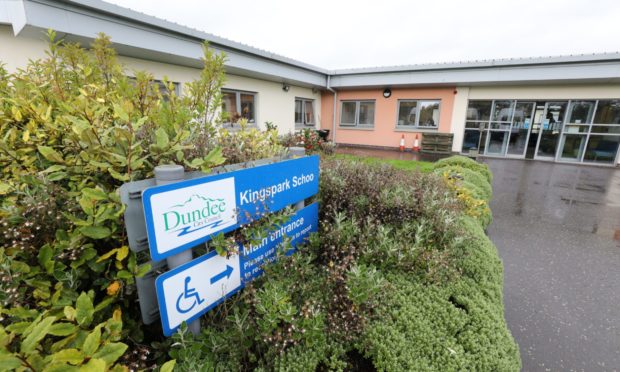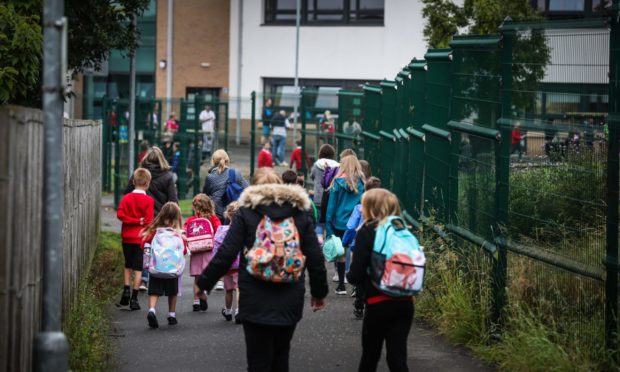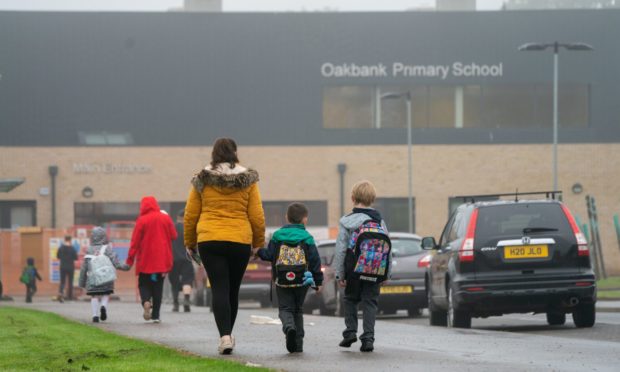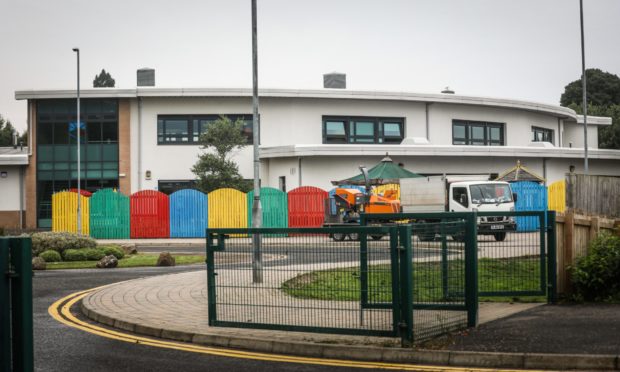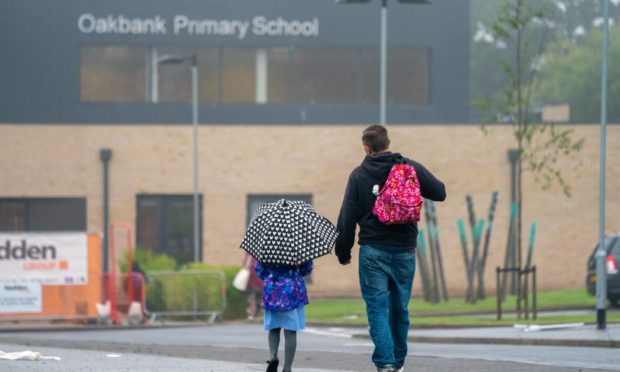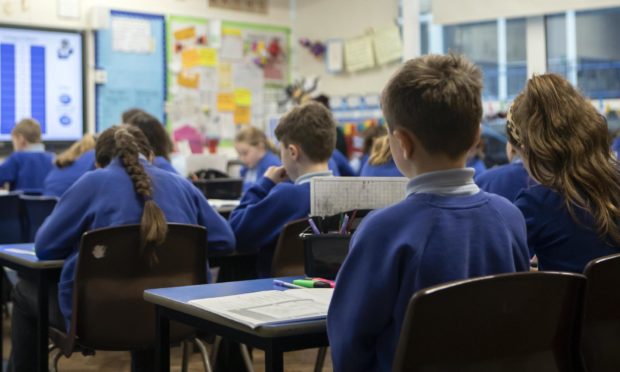The Scottish Government has insisted it is safe for pupils to return to school full time but the road to classrooms reopening has been beset by policy shifts and questions over how vulnerable some pupils could be to coronavirus.
Ministers have pointed to studies that appear to show children are much less likely to be infected than adults or pass the virus on, and typically develop milder symptoms.
Of the 19,358 people who have tested positive for Covid-19 since the pandemic began, only around 170 have been children under the age of 15. However, the scientific evidence is less clear when it comes to older schoolchildren.
Nicola Sturgeon has pledged guidance on whether older pupils will be required to wear face coverings inside schools will be kept under review, and the Scottish Government has acknowledged the situation is less clear for secondary-age youngsters.
New rules for a new normal
The new rules introduced to school campuses appear to reflect the possibility that older children could be at a higher risk of catching and spreading the virus.
Officials in Scotland took the view that “the balance of risk is now strongly in favour of children and young people returning to school full-time” and decided to push forward with the reopening of classrooms this month.
The Scottish Government had originally anticipated a “blended model” of learning where children split their time at home and at school but scrapped these plans amid pressure from parents and opposition parties.

While all children are now expected to return, different rules will apply for different age groups. Ministers have argued there is no need for primary children to socially distance but those in secondary settings have been encouraged to keep apart “where possible”.
It means older pupils will be urged not to crowd together in large groups and adults will need to keep at least two metres apart from each other and children where possible.
Only staff who have close contact with a pupil for an extended period of time will be required to wear a face covering, although anyone can wear one if they wish to.
Every school should have appropriate hand washing and hygiene facilities but other rules may differ from school to school.
Some have asked pupils eat lunch in their classrooms, rather than the canteen, and have introduced staggered break times, while others have shifted class sizes and staggered the start and end of the school day.
Teachers have expressed concern over returning
A survey of 25,000 educators found that while 64% supported the reopening of schools, only a fifth were confident it was currently safe to do so.
Education secretary John Swinney announced last week that teachers, nursery and school staff can now be tested for Covid-19 on demand if they believe they have been at risk from infection, even if they show no symptoms.
Mr Swinney said it is “not necessarily” the case that schools will need to shut temporarily if anyone tests positive but it has been suggested a significant rise in cases locally or nationally could lead to schools partially or fully closing again.
Ms Sturgeon said in June it was not her “intention” for parents to be subject to penalties or any kind of enforcement if they decide to keep children at home.
But all children and staff are now expected to return to school, unless they have been given medical advice not to do so.
The Scottish Government said it expects local authorities to offer reassurance about safety and encourage parents to allow their children to return, and enforcement should only be used “as a last resort”.
